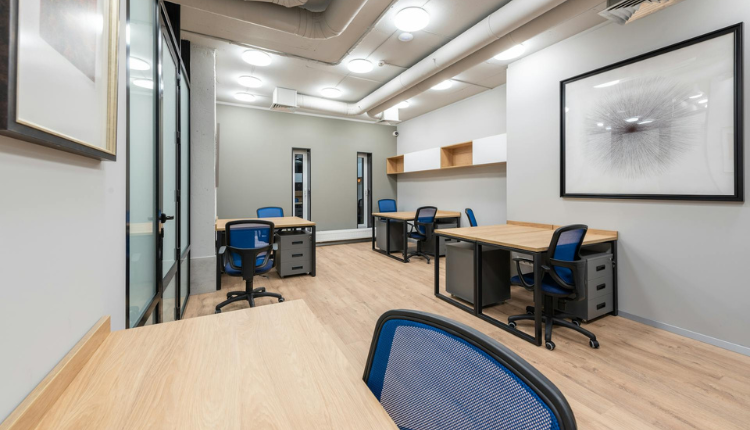1. Know Your Body Dimensions
Choosing the right office chair starts with understanding your own body measurements. Key factors include your height, leg length, and weight. Ideally, when seated, your feet should rest flat on the floor, and your knees should form a 90-degree angle.
If you’re taller, you may need a chair with a higher seat height range; for shorter users, a lower range is more comfortable. Checking the manufacturer’s recommended user height and weight range is crucial to ensure long-term ergonomic support.
2. Seat Height and Depth Matter
Seat height adjustment is one of the most important features. A good office chair should allow you to adjust the height so your thighs are parallel to the floor. Seat depth, which is the distance from the back of the seat to the front edge, is just as important.
There should be a 2–3 inch gap between the back of your knees and the seat edge. Chairs with a sliding seat pan or depth adjustment feature are helpful, especially if the chair will be used by multiple people.
3. Consider Backrest Size and Support
The size and shape of the backrest should follow the natural curve of your spine. Tall users may benefit from high-back chairs that support the upper back and shoulders,
while shorter individuals might prefer a mid-back chair. Lumbar support, whether built-in or adjustable, is key to preventing back strain. Make sure the lumbar support fits the curve of your lower back, not pressing too high or low.
4. Armrest Height and Width
Proper arm support reduces shoulder and neck tension. Armrests should allow your arms to rest comfortably with your elbows at a 90-degree angle, close to your sides.
Adjustable armrests that move up, down, inward, and outward offer the most flexibility. Oversized armrests can interfere with desk space, while too-narrow ones might feel cramped, so choose based on your desk layout and shoulder width.
5. Test and Compare Before Buying
Whenever possible, try out the chair before purchasing. Sit in it for several minutes and adjust the settings to see how well it conforms to your body.
Pay attention to comfort, adjustability, and whether it promotes good posture. If buying online, look for detailed sizing charts and user reviews. A well-sized chair can make a big difference in productivity and physical health over time How to Choose the Right Office Chair Size

